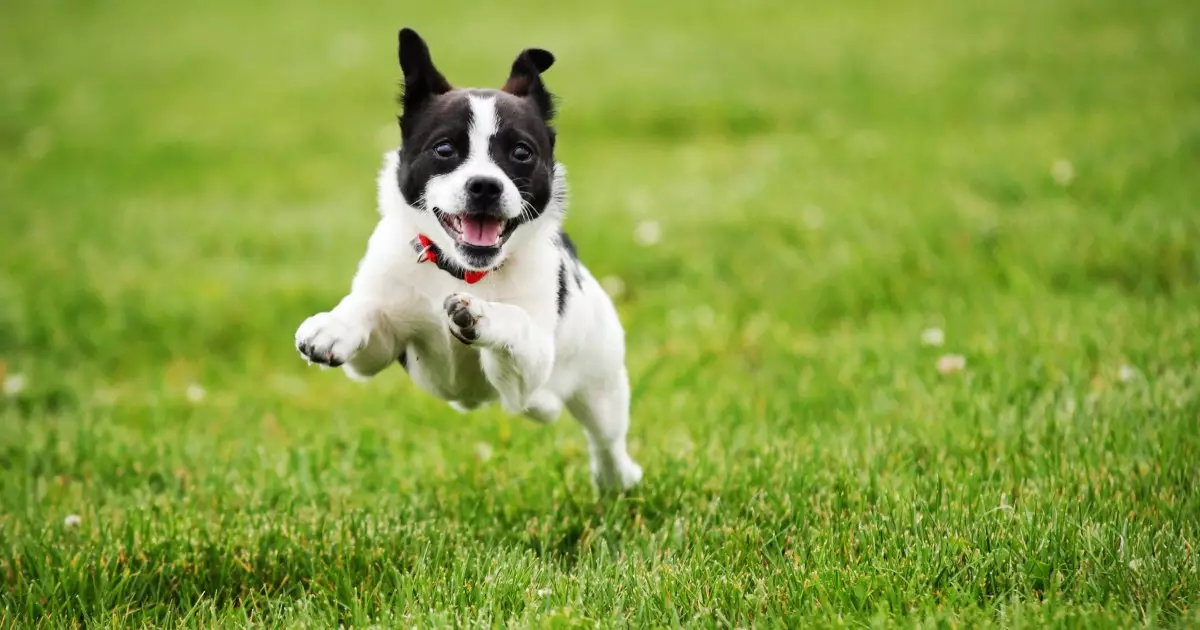Dogs are undoubtedly one of humanity’s best friends, offering companionship and joy. However, they also require significant care to ensure their happiness and health, particularly when it comes to exercise. The relationship between a dog’s physical activity levels and their behavior is pivotal, especially for puppies and younger dogs bursting with energy. Unmet exercise needs can lead to behavioral challenges that not only disrupt a household but can also result in heartbreaking situations where dogs are surrendered or given away because of behavioral issues that could have been easily managed.
Many dog owners underestimate the amount and type of exercise their furry companions need. Not only is exercise crucial for a dog’s physical health, but it also plays a key role in shaping their behavior. Young and energetic breeds may transform your living room into a war zone if their exercise requirements are not met. Digging, barking, and destructive chewing can often be traced back to insufficient physical activity.
In an alarming number of cases, owners relinquish their dogs because they lack the understanding that these behavioral problems stem from inadequate exercise. Sadly, ads proclaiming ‘free to a good home’ frequently hint at a dog’s desperate need for more space and activity, rather than just a larger yard. It’s imperative for prospective dog owners to consider the exercise needs of a breed before welcoming a new pet into their lives.
The exercise needs of dogs are not one-size-fits-all; they vary greatly between different breeds, ages, and individual health conditions. For instance, a young Irish Terrier will typically require far more physical activity than a mature Whippet. Sighthounds might thrive on short, spirited sprints while guarding breeds and sporting dogs have their unique activity preferences. Even amongst the same breed, variations exist—consider a high-energy Golden Retriever versus a more placid counterpart of the same age. Even older dogs require physical activity, though it may need to be adapted to suit their diminished endurance.
Statistics suggest that most dogs need between 30 to 60 minutes of physical activity daily. Many owners mistakenly believe a quick stroll around the neighborhood is sufficient. In reality, dogs thrive when they are adequately exercised to the point of then being relaxed when playtime concludes.
To ensure your dog is getting the appropriate amount of exercise, consider the following approaches:
1. Establish a Routine: Active breeds should ideally partake in a minimum of 30 minutes of vigorous aerobic exercise on most days. Scheduling these workouts can cement a beneficial routine.
2. Challenge Misconceptions About Small Breeds: Small breeds are not immune to the consequences of neglecting exercise. Pugs, for instance, may seem less demanding but can suffer from obesity if not given sufficient activity.
3. Weather Considerations: Extreme temperatures can pose risks for outdoor activities. During such conditions, it’s wise to engage your dog indoors using mentally stimulating activities such as training new tricks or games that involve fetching or navigating obstacles.
4. Incorporate Variety: Both dogs and humans tend to appreciate a mix of familiarity and novelty. Regular walks may transition into hikes or excursions to new areas to keep exercise enjoyable for your dog.
5. Quality Socialization: While dog parks can be beneficial for virtually limitless running and socialization, they can also be stressful for dogs that are not particularly social. Always consider your dog’s temperament and adjust accordingly.
6. Consider Doggy Daycare: This option can provide mental enrichment and social interaction. Returning home from daycare, dogs should feel contentedly tired, having exercised both their bodies and minds.
Neglecting adequate physical activity can lead dogs down a path toward obesity and the host of health complications that accompany it—much like for humans. Obesity can elevate risks of diabetes, heart disease, and respiratory issues while compounding existing orthopedic problems, further complicating the lives of our aging companions.
As a dedicated pet parent, it’s vital to prioritize exercise within your dog’s daily routine. Not only will your dog thank you for a more active lifestyle, but you will also enjoy a lovelier and more harmonious living environment. Remember, a well-exercised dog is a happy dog, and fostering that happiness is a key part of responsible pet ownership.

